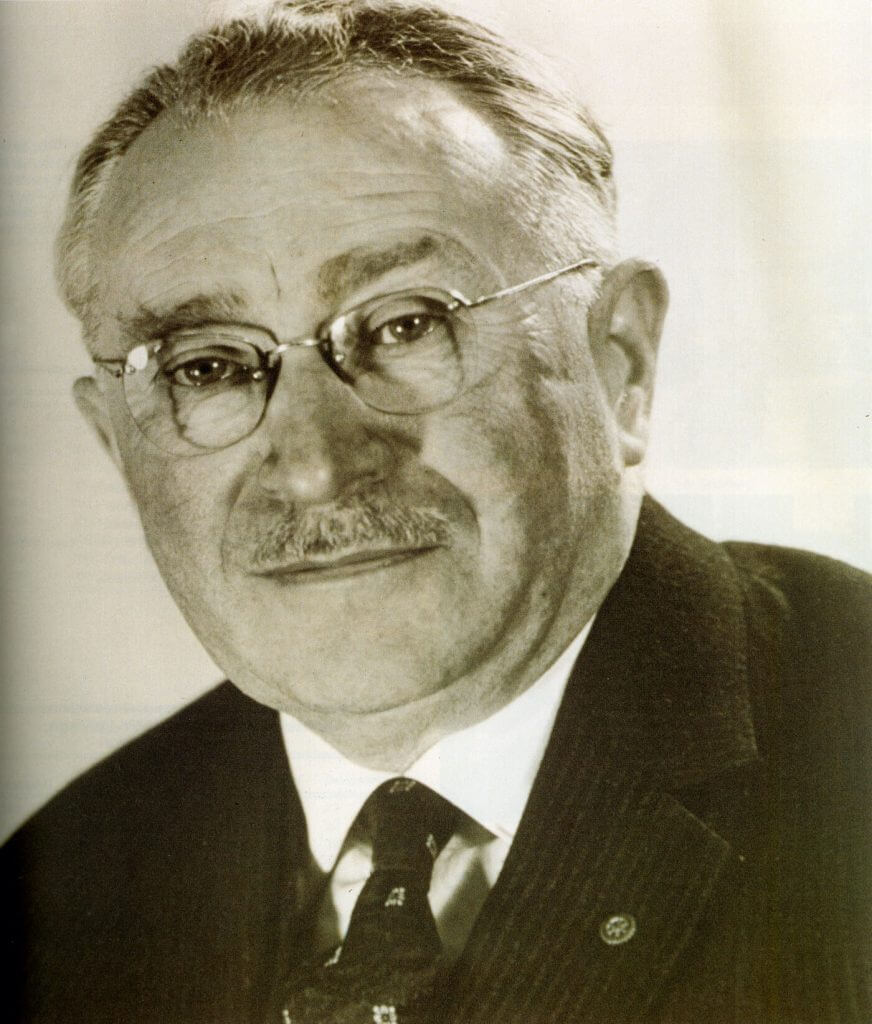

This simple but effective technique has since become standard practice in the care of spinal cord injury patients worldwide. One of Guttman's most notable innovations was the introduction of two-hourly turning, which involved repositioning patients every two hours to prevent the development of pressure sores.

Guttman recognized the importance of rehabilitation and introduced a comprehensive program that focused on physical therapy, occupational therapy, and psychological support. At that time, spinal cord injuries were often considered untreatable, and patients were often left to languish in bedridden and dependent states. Guttman's career in medicine took off when he was appointed as the director of the National Spinal Injuries Centre at Stoke Mandeville Hospital in Aylesbury, England, in 1944. Guttman completed his residency in neurology at the Jewish Hospital in Breslau, where he developed an interest in spinal cord injuries. He studied medicine at the University of Breslau (now Wrocław, Poland) and received his medical degree in 1934. Ludwig Guttman was born on July 3, 1911, in Tost, Upper Silesia, Germany (now Toszek, Poland). His pioneering work in rehabilitation and sports have had a profound impact on the lives of countless individuals and communities around the world.

Sir Ludwig Guttman (1911-1980) was a renowned neurologist who revolutionized the treatment of spinal cord injuries and made significant contributions to the development of organized sports for people with disabilities.


 0 kommentar(er)
0 kommentar(er)
